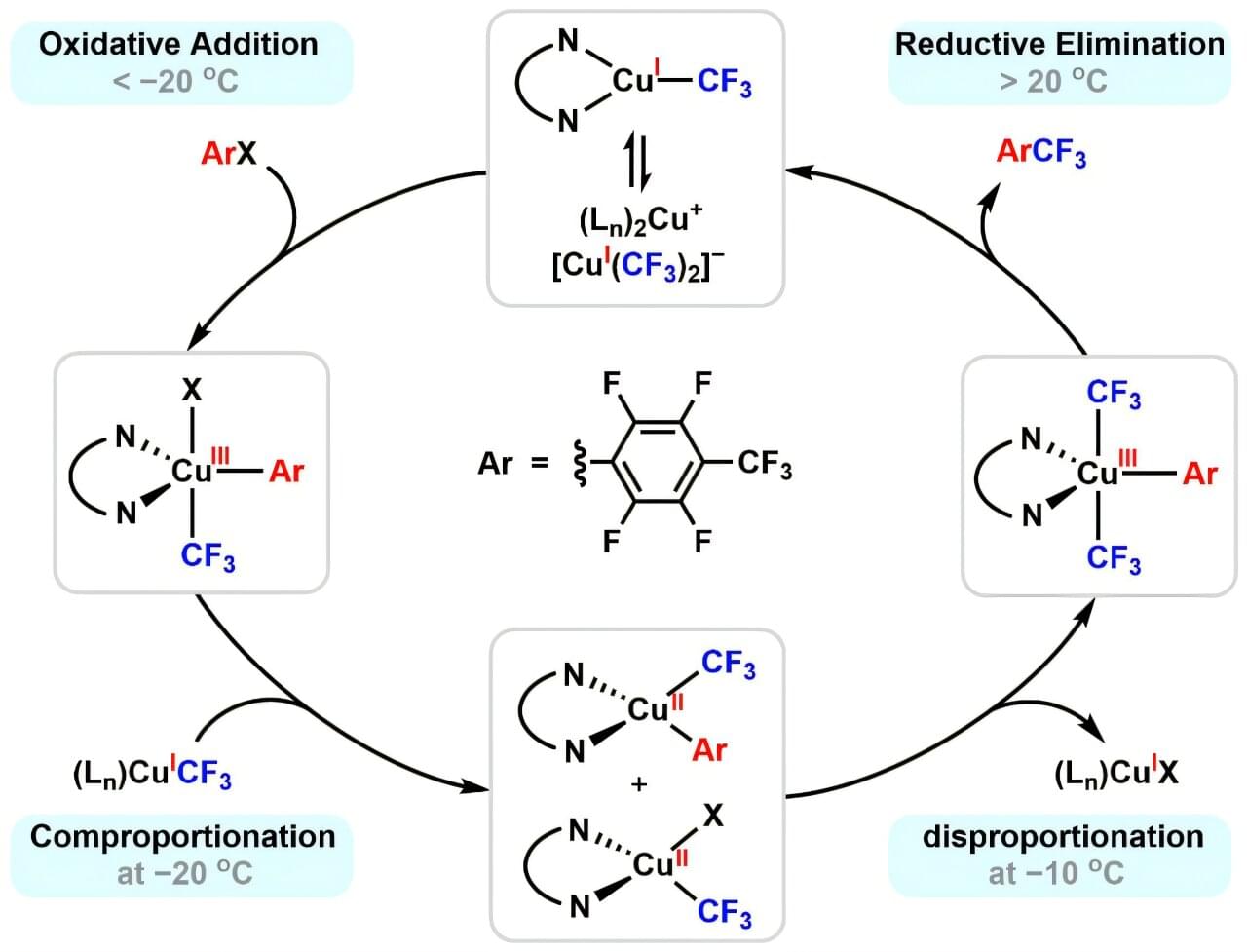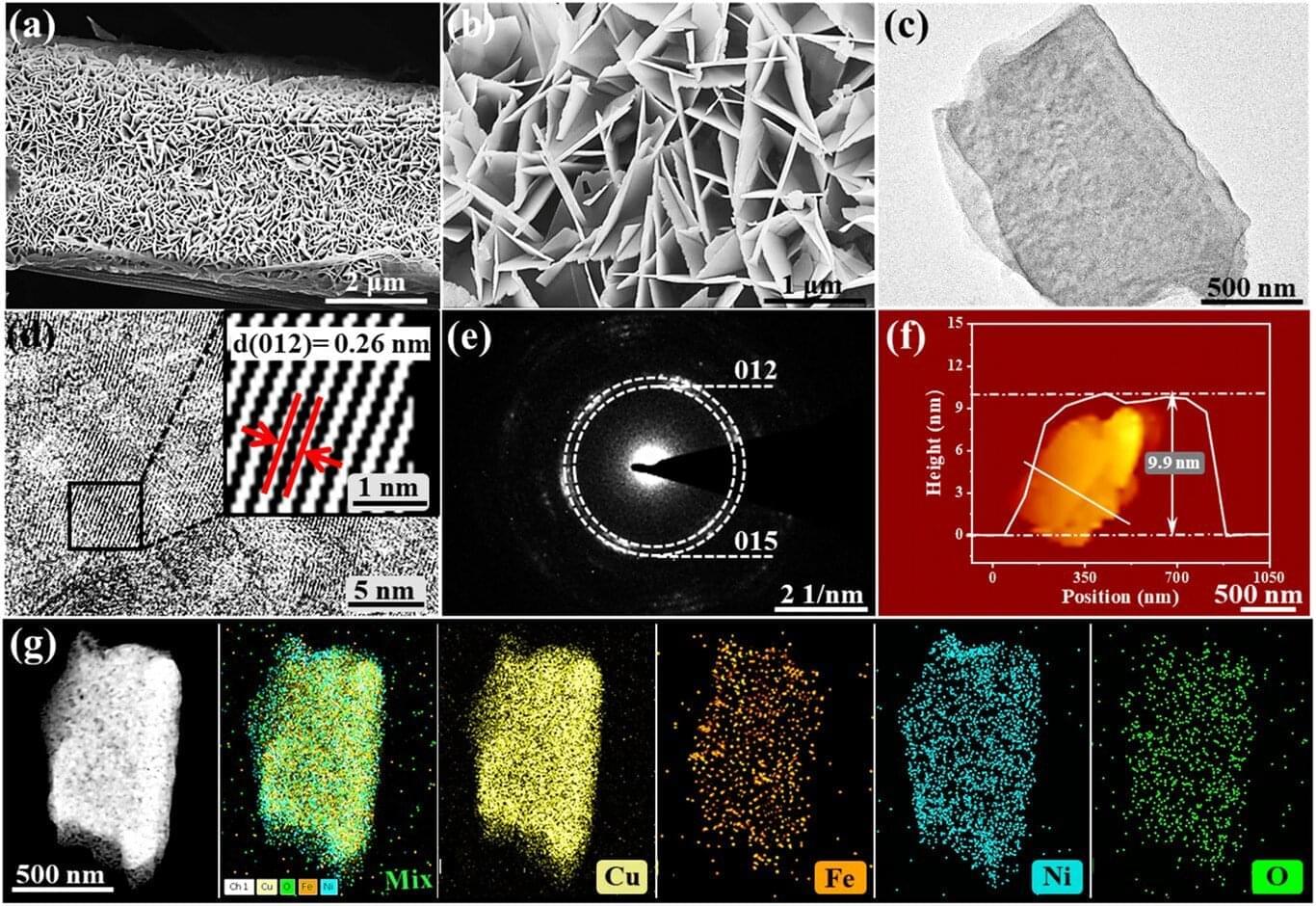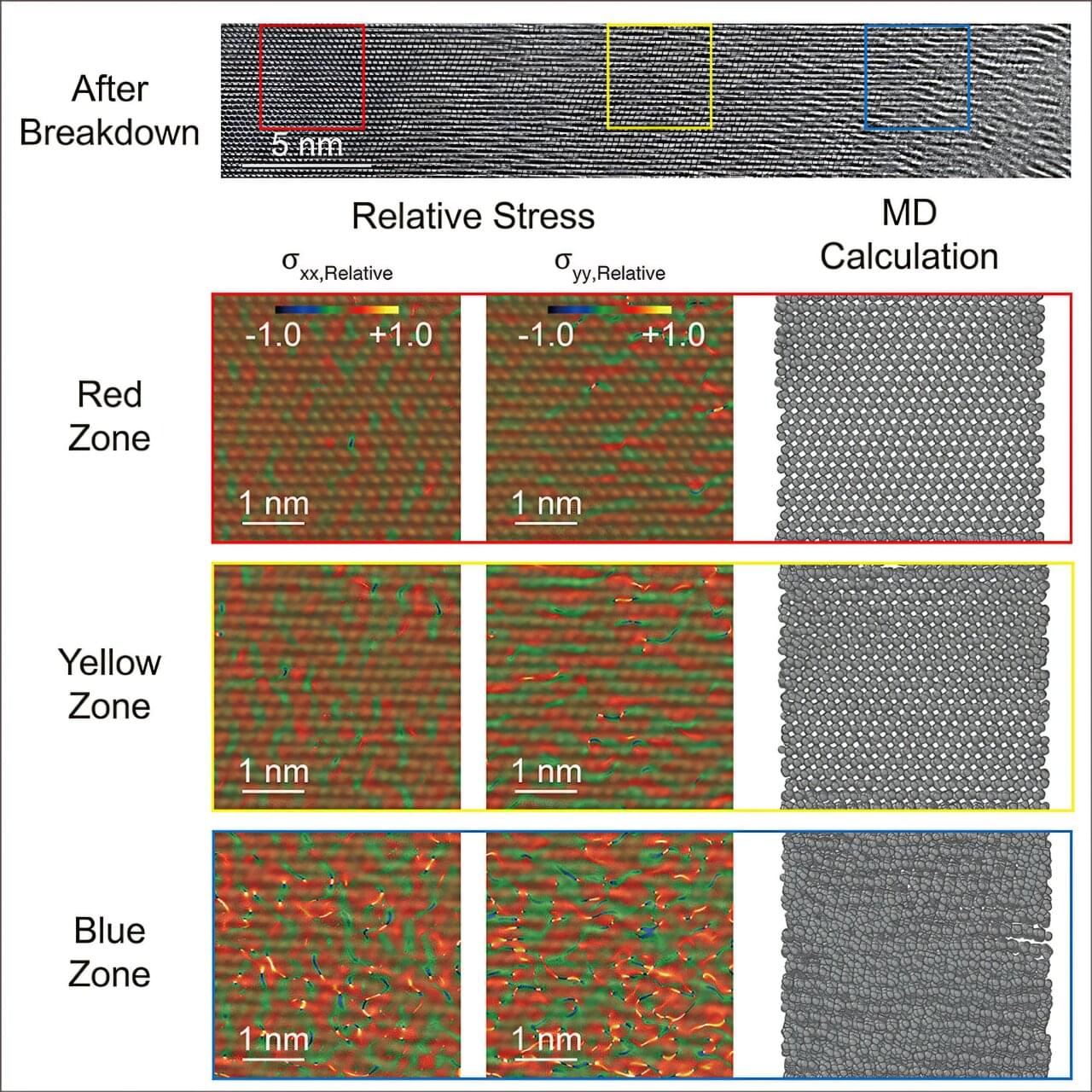The Ullmann reaction is one of the oldest reactions in organometallic chemistry. It is one of the most widely used copper-mediated coupling reactions, widely applied in the construction of carbon-carbon and carbon-heteroatom bonds due to its excellent substrate generality.
There has been considerable controversy regarding the redox mechanism of copper in this reaction for a long time. The widely accepted mechanistic hypothesis involves a Cu(I/III) cycle. However, copper(III) species are extremely difficult to observe in real reaction systems, and whether other interactions exist between copper species remains unknown.
In a study published in Nature on September 22, Shen Qilong’s lab from the Shanghai Institute of Organic Chemistry of the Chinese Academy of Sciences, along with Professor K. N. Houk from the University of California, Los Angeles, provided solid evidence that the Ullmann-type reaction might proceed via a Cu(I)/Cu(III)/Cu(II)/Cu(III)/Cu(I) catalytic cycle.









